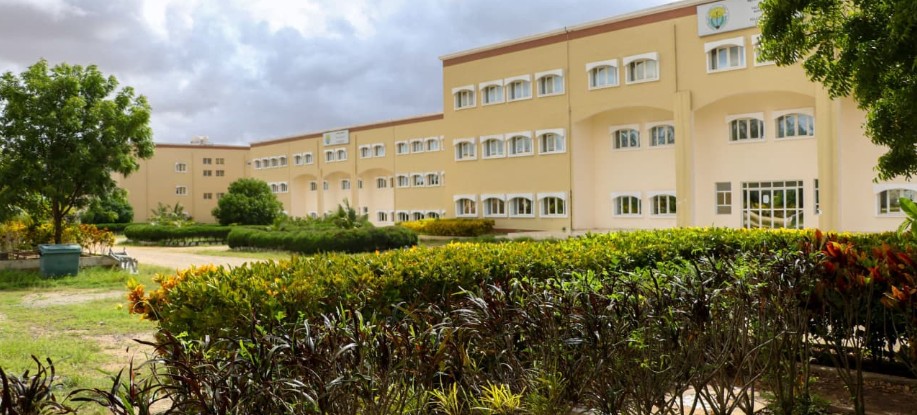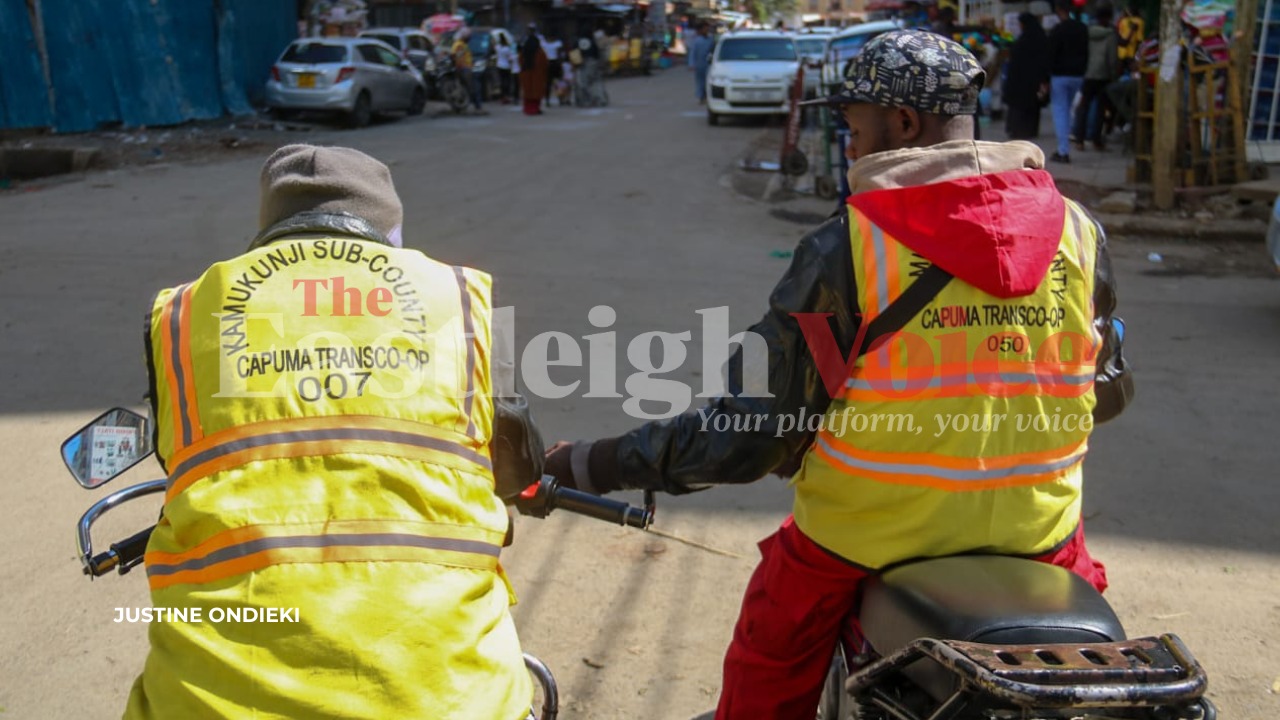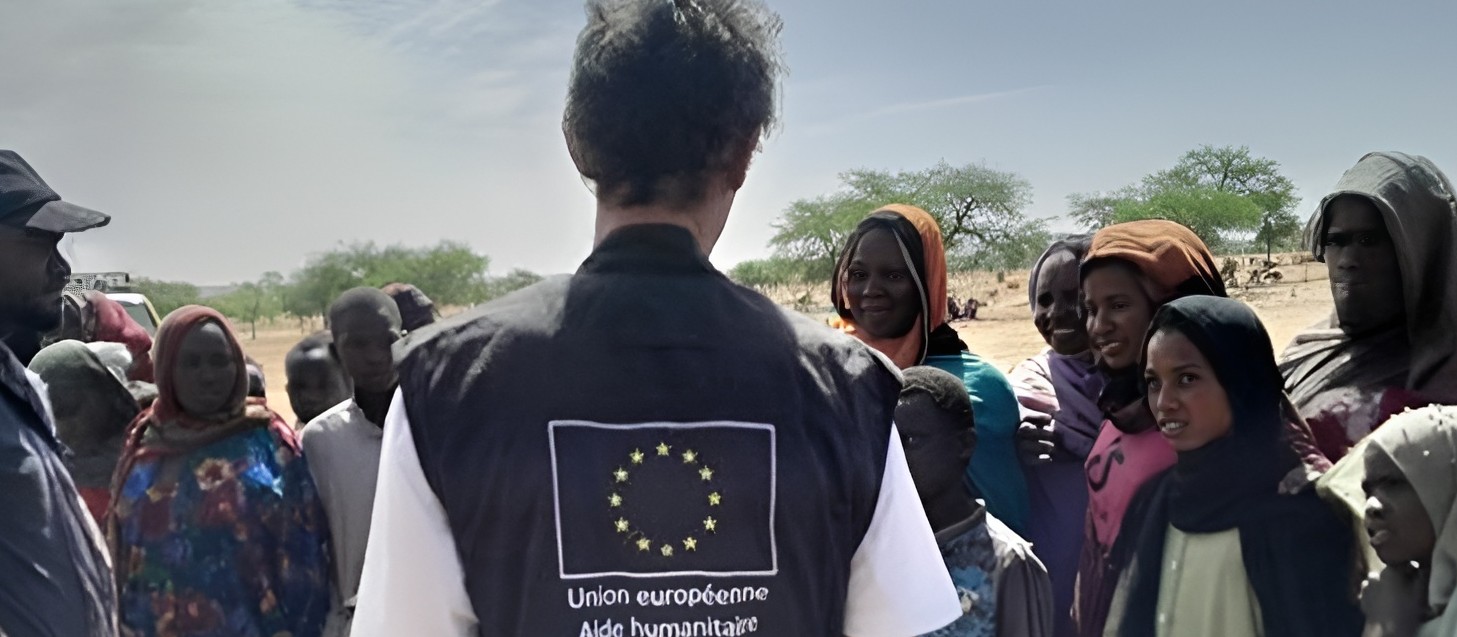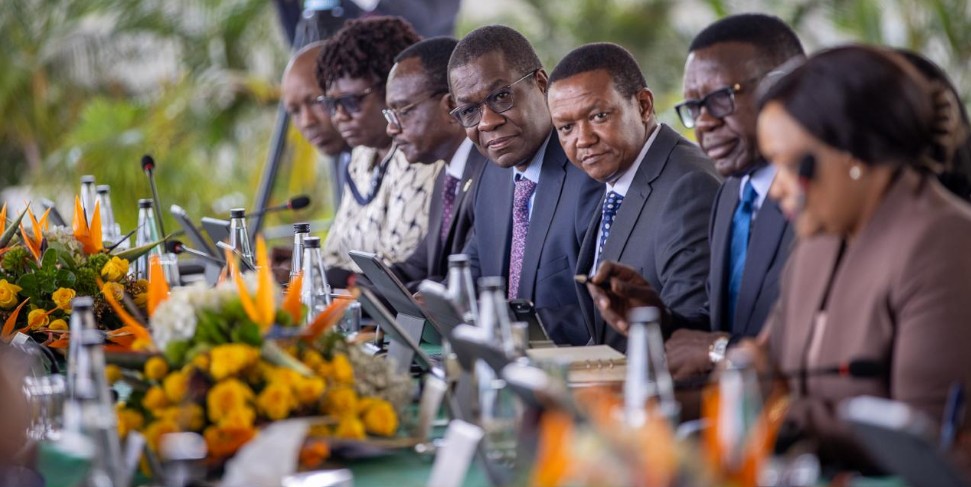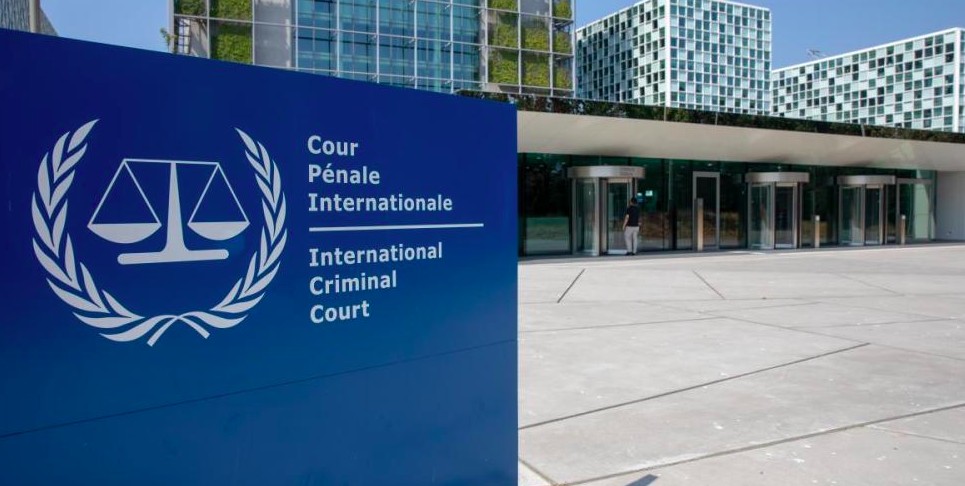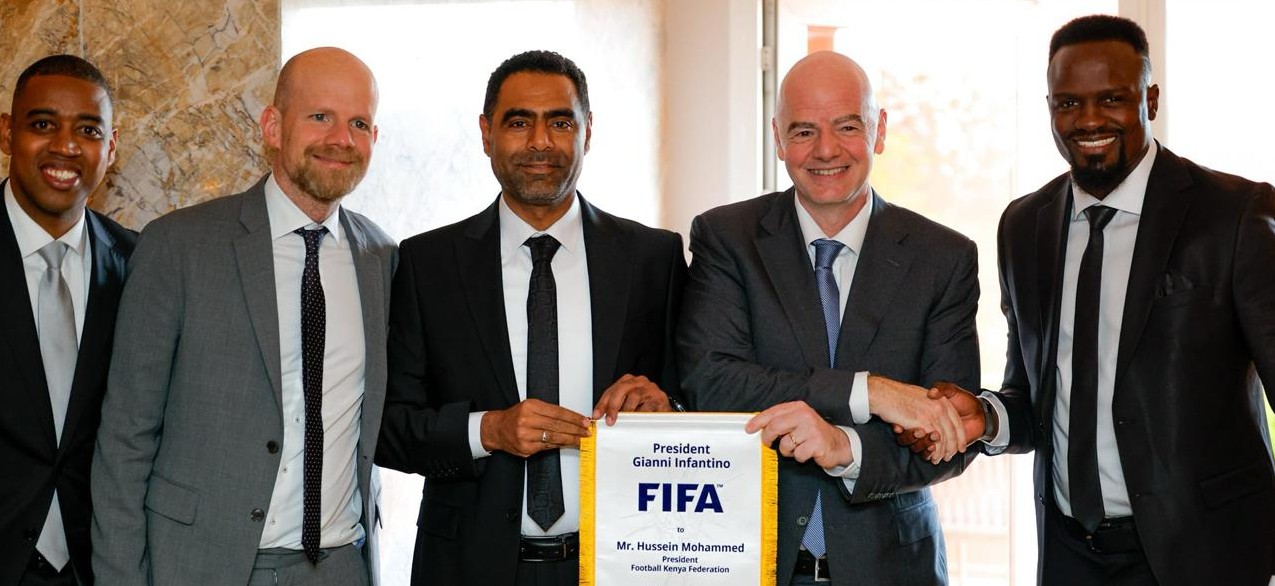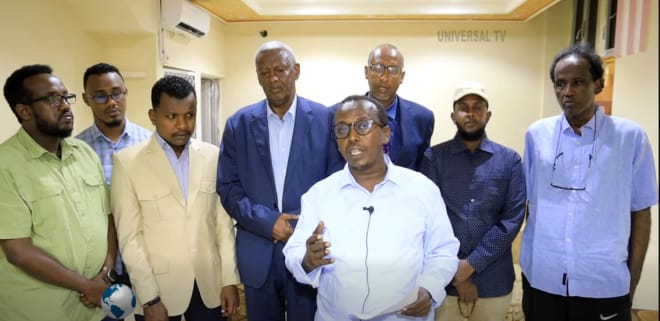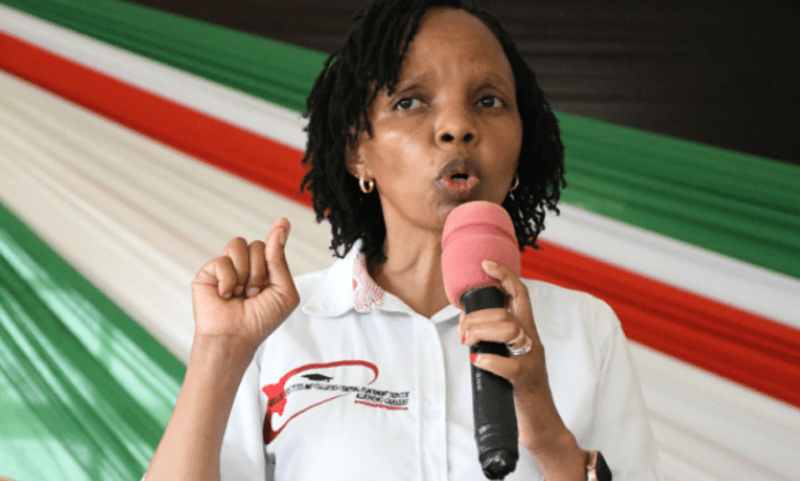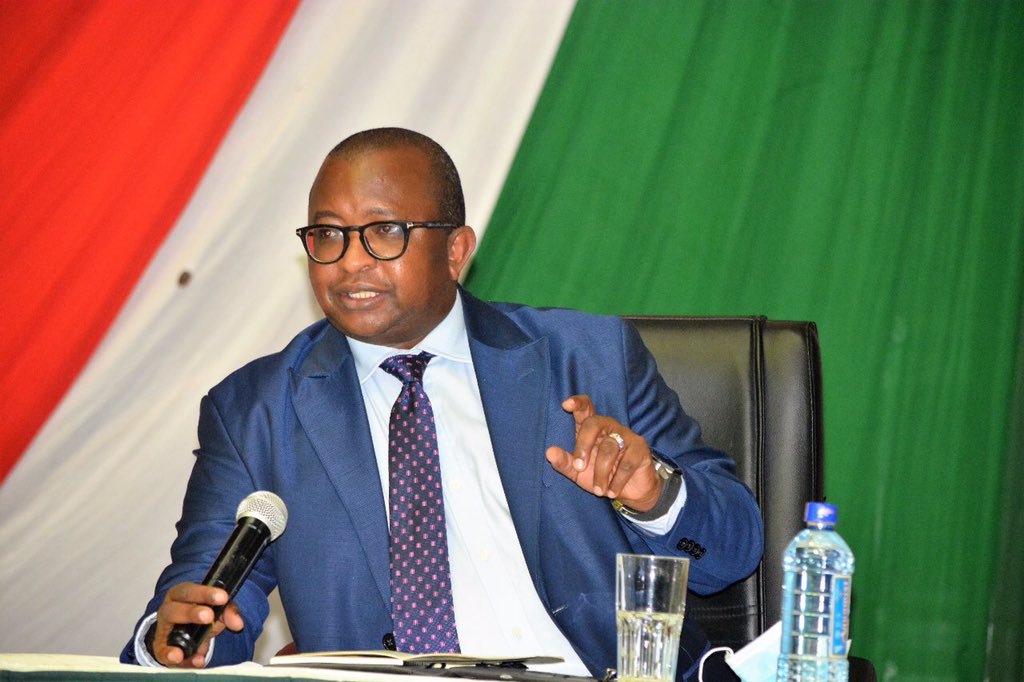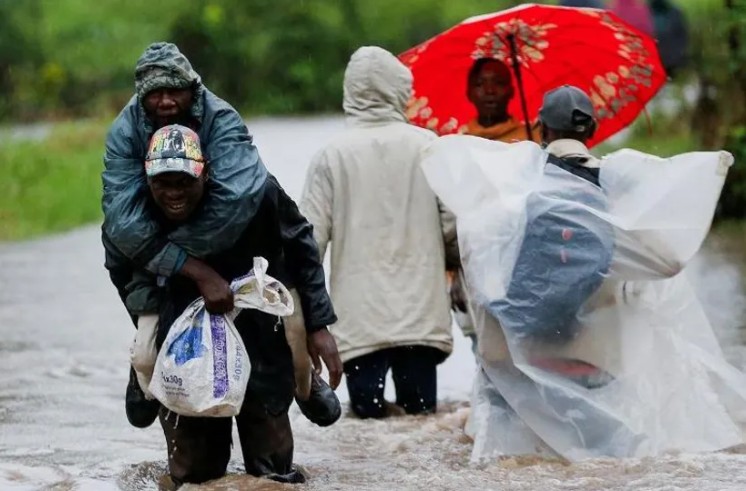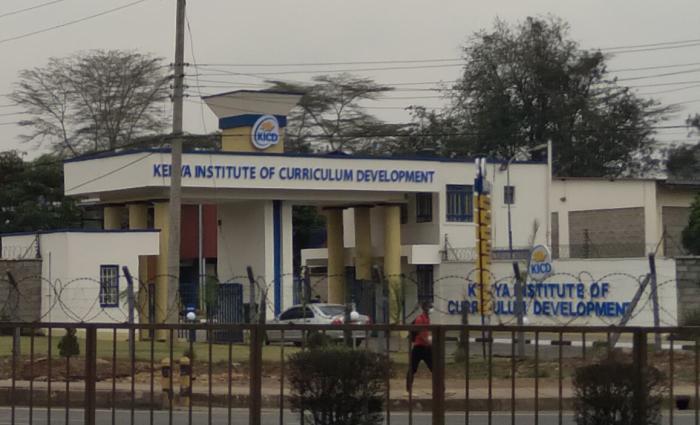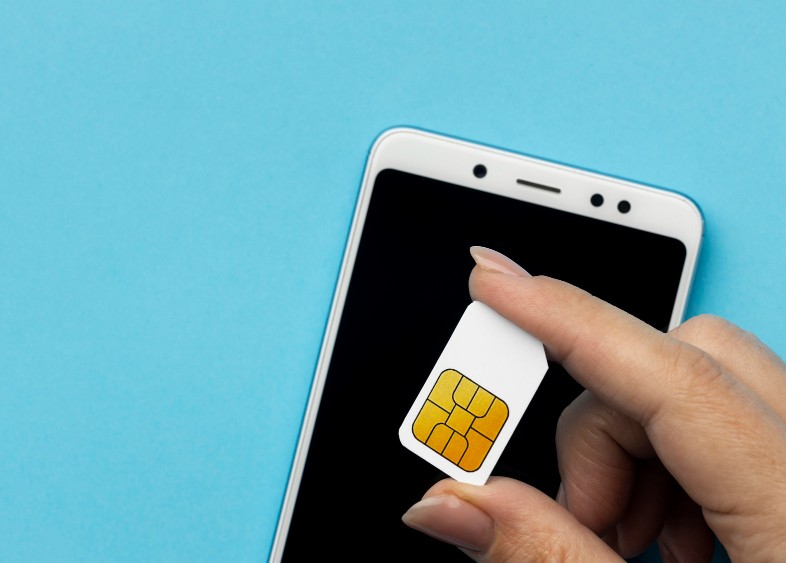Explainer: Why your child needs that polio vaccine

The WHO emphasises the importance of providing the polio vaccine to all children under five years old, starting at birth. The vaccine is typically administered in two forms: the Oral Polio Vaccine (OPV) and the Inactivated Polio Vaccine (IPV).
Many parents often raise concerns about the frequency of vaccines, particularly the polio vaccine, which is administered multiple times during early childhood and in outbreaks. However, it is essential to understand that this vaccination schedule is safe and necessary.
Earlier this year, some parents expressed concerns about potential side effects of the vaccine, leading to scepticism among some families. Many questioned why the polio vaccine is given so frequently, especially when other vaccines are typically administered at birth and a few months thereafter.
More To Read
- WHO review finds no link between childhood vaccines and autism
- Gavi to channel vaccine funds directly to Kenya in major policy shift
- Traditional medicine is now a global reality: WHO
- WHO warns tobacco use threatens fertility in men, women
- Malaria fight at risk as drug resistance spreads despite new tools saving millions
- Malaria: Drug resistance and underfunding threaten progress towards eliminating killer disease
The World Health Organisation (WHO) recommends frequent polio vaccinations because polio has no cure. The goal is to protect every child and prevent outbreaks, as polio remains a threat, particularly in ASAL (Arid and Semi-Arid Lands) communities, where transmission persists and outbreaks are common.
Earlier this year, Kenya vaccinated children under the age of 11 in regions along the border.
As we celebrate Immunisation Week, it is crucial to reassure families that repeated doses of the polio vaccine do not harm a child's health. Instead, these doses enhance immunity and contribute to safeguarding entire communities from the virus.
The WHO emphasises the importance of providing the polio vaccine to all children under five years old, starting at birth. The vaccine is typically administered in two forms: the Oral Polio Vaccine (OPV) and the Inactivated Polio Vaccine (IPV).
The recommended schedule begins with the first dose at birth, ideally within the first 24 hours. Additional doses are then given at six weeks, ten weeks, and fourteen weeks of age as part of the routine immunisation schedule. A booster dose is often administered at eighteen months to further strengthen immunity.
In many countries, Supplementary Immunisation Activities (SIAs) or National Immunisation Days (NIDs) are organised, during which children under five years receive extra doses of the polio vaccine. These efforts ensure that no child is missed, particularly in regions where polio transmission remains a risk.
The ultimate goal of these vaccination campaigns is the eradication of polio, aiming to ensure every child is protected and to eliminate the possibility of polio outbreaks worldwide.
Polio vaccination in Kenya
Kenya has made significant progress in its polio vaccination campaigns, reaching millions of children across the country. Here is a summary of the most recent vaccination efforts:
October 2024 nationwide campaign: Approximately 3.7 million children were vaccinated. The campaign targeted counties including Busia, Bungoma, Trans Nzoia, West Pokot, Turkana, Nairobi, Kiambu, Machakos, and Kajiado. This followed confirmed polio cases in Turkana and Nairobi counties, as well as in Uganda's Mbale region.
November 2024 second round: Over 3.6 million children were vaccinated during the second round, focusing on immunising children in high-risk areas, with the majority of children remaining healthy after vaccination.
February 2025 high-risk counties: More than 920,000 children were vaccinated in Mandera, Marsabit, Wajir, and Garissa counties. Additionally, 17,000 children in border areas received the vaccine. This campaign was initiated due to concerns over polio cases near the Kenya-Ethiopia border.
Why vaccination is vital
Not vaccinating against polio can lead to severe consequences, including permanent paralysis, death, and long-term disability. It also increases the risk of spreading the virus, causing outbreaks, and placing a strain on healthcare systems.
Here are ten key impacts of not vaccinating a child:
Increased risk of disease: Unvaccinated children are at a higher risk of contracting preventable diseases like measles, polio, and whooping cough.
Spread of infectious diseases: Not vaccinating can lead to outbreaks, as children can transmit diseases to others, especially those who cannot be vaccinated for medical reasons.
Serious health complications: Some vaccine-preventable diseases can cause severe health problems, such as brain damage, hearing loss, and even death.
Higher healthcare costs: Treating preventable diseases often results in more hospital visits, longer treatments, and increased healthcare expenses.
Weakened herd immunity: When a significant number of people are unvaccinated, herd immunity is compromised, putting vulnerable populations (e.g., infants, the elderly, and immunocompromised individuals) at risk.
School and community exclusions: Many schools and childcare centres require vaccinations for attendance, meaning unvaccinated children may be excluded.
Development of antibiotic resistance: Some diseases that vaccines prevent can lead to complications requiring antibiotics, contributing to antibiotic resistance.
Long-term disability: Some vaccine-preventable diseases can cause long-term disabilities, such as paralysis from polio or intellectual impairments from encephalitis.
Increased mortality risk: Without vaccines, children face a higher chance of dying from diseases that could have been easily prevented.
Increased strain on public health systems: Outbreaks of preventable diseases can overwhelm healthcare systems and divert resources from other critical areas.
Vaccination is crucial to preventing these outcomes and protecting both individuals and communities from polio.
Top Stories Today

